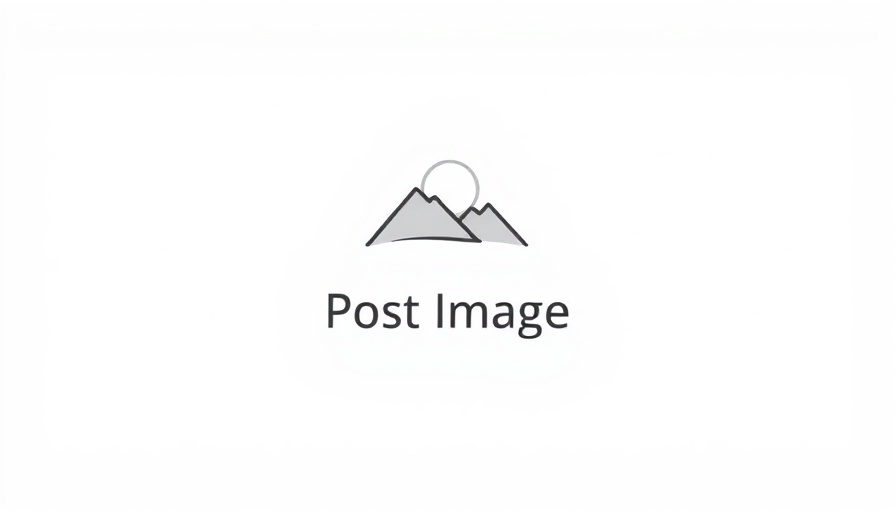
Unlocking the Power of AI for Smarter Collaboration
In today's rapidly evolving workplace, AI is more than a buzzword; it's a revolutionary force reshaping how teams collaborate and achieve their goals. However, the potential of AI remains largely untapped. According to the latest 2025 State of Teams report, a staggering 98% of executives worry that teams aren’t leveraging AI effectively to break down silos, and 71% admit they are not maximizing AI for information management.
The Importance of Tailored AI Solutions
The challenge for organizations lies in choosing the right AI tools. Opting for a solution based on hype or breadth of features often leads to frustration and underperformance. As the report highlights, effective AI implementation requires tools that seamlessly integrate into current workflows without creating integration headaches. Businesses should prioritize AI solutions that are customized to their unique needs, ensuring that these tools are not just added to the tech stack, but enhance productivity.
Introducing Rovo: A Game Changer for Team Collaboration
At Atlassian, innovation is paramount. Enter Rovo, Atlassian’s AI-powered solution specifically designed to bridge the gap between human capabilities and AI efficiency. Rovo simplifies collaboration through personalized search features and chat functions, making AI an accessible ally in daily tasks. This advancement is part of Atlassian's Teamwork Collection, which also encompasses tools like Jira and Confluence, completing a robust ecosystem that empowers teams.
What is the Teamwork Graph?
Central to Rovo’s functionality is the Teamwork Graph. This intelligent data store collates all relevant organizational data, fostering connections between various tools and processes on the Atlassian Cloud Platform. By utilizing the comprehensive data contained in the Teamwork Graph, Rovo can generate richer, more contextual responses, helping teams to convert knowledge into actionable insights.
Transforming Knowledge into Action
As organizations embark on their AI transformation journey, Rovo stands ready to assist at each stage of a project. It enables teams to harness their collective knowledge through enhanced search capabilities and effective communication, ultimately igniting impactful results. When executed properly, AI can turn the tide for teamwork and collaboration, making work not just smarter, but genuinely collaborative.
As you contemplate integrating AI into your work process, remember: it’s not about fitting AI into your workflow; it’s about enhancing your workflow with AI. Explore Atlassian’s Agile Playbook for insights on seamless AI implementation that can transform your team.
 Add Row
Add Row  Add
Add 




Write A Comment